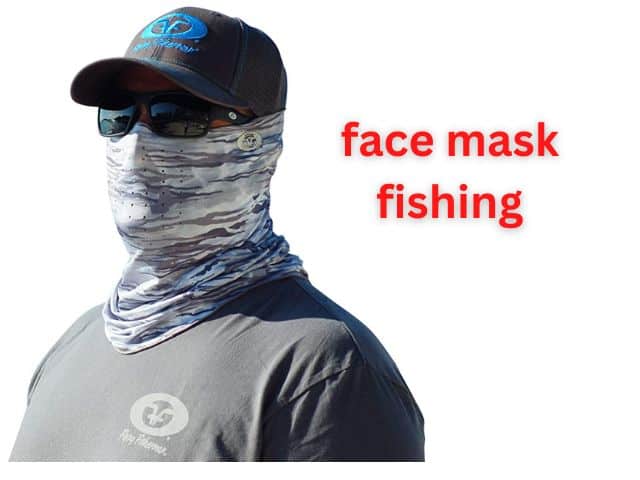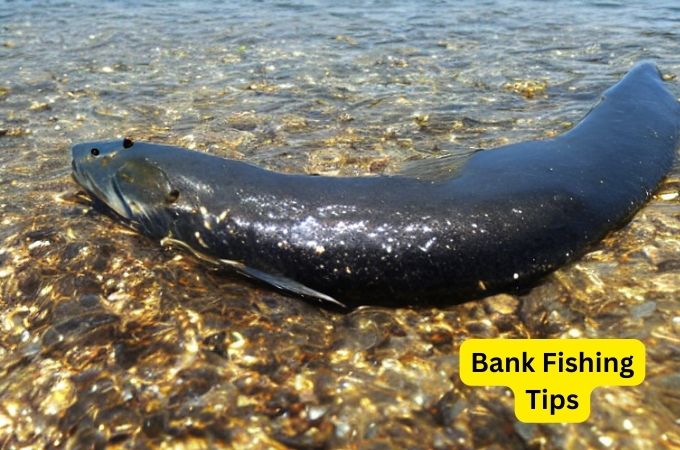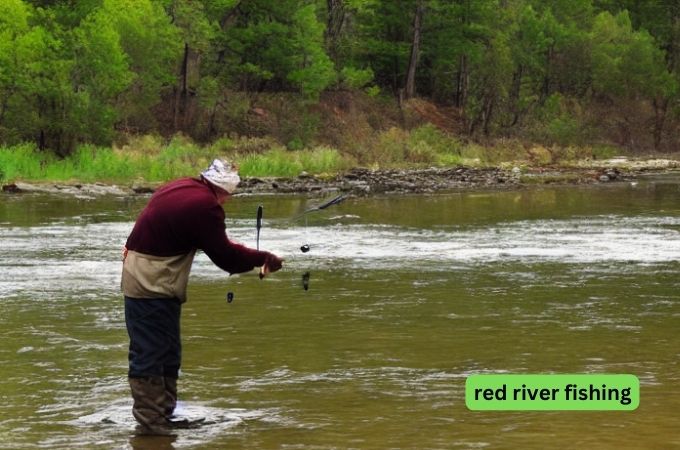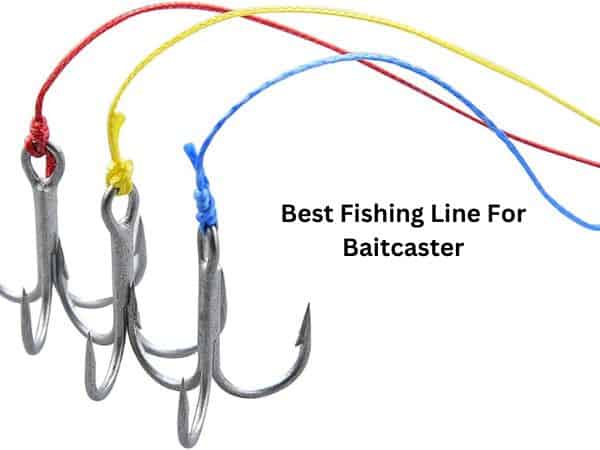Shaky Head Fishing | How to Use Shaky Head Worms Like A Pro
If you love fishing, the chances are high that you have come along with the term, ‘shaky head fishing.’ Indeed, the shaky head fish is a beast, either you will love it or disperse it. Nonetheless, reports aren’t rare where professional fishers have won Bass tournaments with the shaky head worms despite their reputation of not catching big ones.
But, when you hear Kevin Van Dam, the all-time bass championship money winner, you will know how useful the shaky head fishing is when the bass loves engulfing small foods.
And today, we are prominently going to discuss the technique of using shaky head worms like a pro.
Are you ready?
Shaky Head Fishing: Choosing The Right Jighead
The secret of successful bass fishing with the shaky head worms is to choose the right jighead for the purpose. Since the shaky head has seen significant popularity, manufacturers have developed various shapes and sizes of jig heads.
For the shaky head fishing, you must choose a light jig head that has a perfect balance to stay right on the bottom. If you are using a finesse worm, the ideal jighead size will be around 1/16-1/18 ounces. However, when fishing in the windy days, you may require a heavier jighead since the bait control is tighter with the strong wind and current.
Type of Shaky Head You Need to Choose
If you are using soft plastic baits, there are two popular head designs you can choose from- standup head and ball head.
Trick worms between 6-inches to 8-inches are suitable for working with the standup jighead when you fish near the rocky bottom or riprap areas. The standup jigheads easily slide in trough the rock bottoms and allow fishing with the less shaking.
The round or ball jighead is suitable for fishing in the open area and close to the gravel water bottoms. For these kinds of lures, you should choose either a stick worm or finesse worm having a size between 4” to 6”.
What Should You Use with The Shaky Head?
I have already mentioned that most expert anglers prefer using a finesse worm when it comes to shaky head fishing. However, those who don’t want a live bait, alternatively you can choose a soft plastic bait with the shaky head.
The soft plastic baits are available in various forms and sizes to suit every anglers’ preference. You can also choose from the jerk baits, stick worms, plastic lizards, or other creature baits.
However, if you ask me about my favorite, here’s my suggestion-
A beaver-like bait with a shaky head weighing between 3/16 ounces to 1/14 ounces. The combination is a perfect solution to catch the famous post-spawn bass near the docks.
On the contrary, if you often go into the deep sea for offshore fishing, a super-sized shaky head is more preferable. And when it comes to fishing in the shallow water, expert anglers recommend using standup jighead tip with size varying 5/16, 3/8, or a smaller 1/16 ounces. You can use the popular craw worms, creature baits, or even the commonly found super giant-sized paddle tail plastic baits with the jighead.
Choosing The Right Color For Shaky Head
Before we investigate deep into the shaky head color selection, you need to know the tactics of shaky head and where it is used mostly.
And we, more or less, all know that shaky head is a popular clearwater fishing tactics. So, it would help if you chose the soft plastic baits with natural color. You can opt for the red flake, watermelon, pumpkinseed, or the natural green pumpkin.
However, irrespective of the bait or lure you choose, there’s another handy technique you need to apply for shaky fishing heads. The lure of the combo must be positioned straightly right on the hook. When you rig the hook point correctly, it should be close to the lure skin and stood upright.
What Is The Proper Time to Use A Shaky Head Tactics?
Anglers use shaky head fishing tactics almost all year round. But during the springtime, it will reach the pick, especially when the spawn and the post-spawn time comes. On top of it, you can use the shaky head tactics with the finesse worms even for the sighted fish. It is suitable for both the bass fishing cruising along the shallow water or at the post-spawn time.
You can also catch the large and adult bass fish when the sky is cloudy, and the adult fish is guarding the offspring against any probable dangers.
And during the fall time, bass fishes will come out from their usual hiding space on the surface water. But they often hide around the sunken brush and docks to enjoy the cold temperature. Still, the bass fishing isn’t easy by any means.
To catch these suspended and tough bass fish, you should sue a finesse worm with a languid falling shaky head. It will help if you put the shaky head right before the bass nose and allure it for success.
Frequently Asked Questions (FAQs)
Answer:
A worm for the shaky head fishing should be lightweight and still be capable of positioning upright above the water surface. Considering all these, we recommend you Zoom Trick Worm and Roboworm Fat Straight Tail Worm along with the widespread finesse worm for shaky head fishing.
Answer:
A shaky head fishing rod needs to be between heavy to medium-duty with an incredibly fast grip action. Also, the hookset needs to be firm so that it sticks with the fish mouth without any loose links. Otherwise, you will lose the fish.
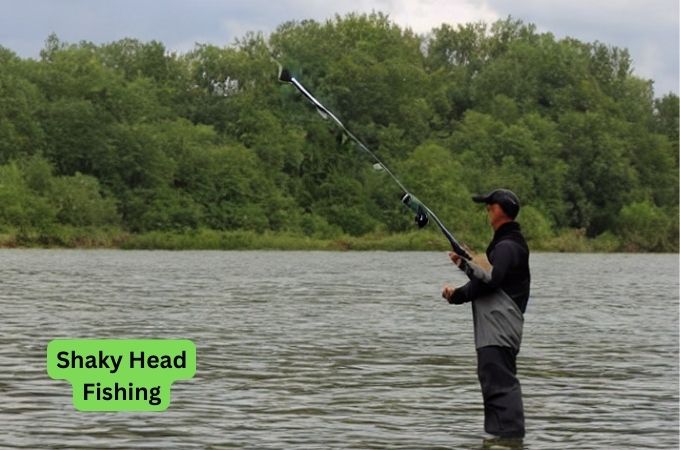
Conclusion
Due to the extremity of bass fish catching competition, the popularity of the shaky head fishing tactics is experiencing leaps and bound gain. Henceforth, knowing the proper technique will keep you ahead of the others.
Also, when you catch a giant bass with the shaky head worms, we urge you to release it, if possible. It helps to preserve the bass fish species.
